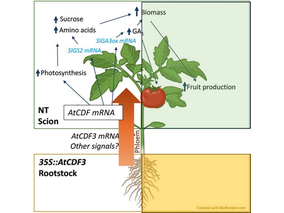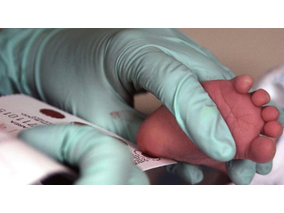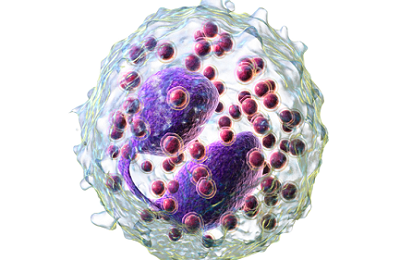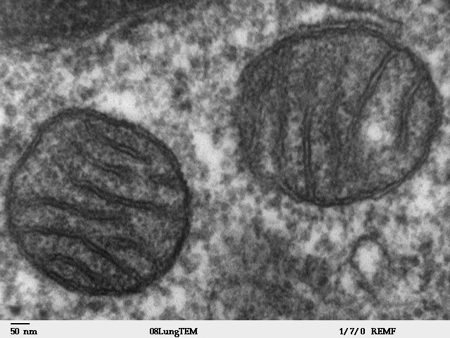A new strategy designed by researchers at the Jiménez Díaz Foundation University Hospital-Quirónsalud Group may help halt the progression of kidney disease in patients with diabetes. The approach, which is highlighted in an upcoming issue of the Journal of the American Society of Nephrology (JASN), addresses a common and serious complication of diabetes.
Diabetes is the leading cause of chronic kidney disease and kidney failure, and approximately one-third of diabetic patients develop kidney disease, or diabetic nephropathy. Current diabetes therapies are often insufficient for preventing the progression of diabetic nephropathy to kidney failure, but a team led by Jesus Egido, MD, PhD and Carmen Gomez-Guerrero, PhD (Fundacion Jimenez Diaz University Hospital-Health Research Institute at the Autonomous University of Madrid, in Spain) has discovered a promising new strategy.
The approach targets a cellular pathway called JAK/STAT that is chronically activated in diabetes and mediates the damaging effects of high blood sugar on kidney cells. The researchers developed a compound that mimics a protein called Suppressor Of Cytokine Signaling 1 (SOCS1) that helps regulate JAK/STAT, and they found that it can enter cells, inhibit the deleterious effects of high blood sugar on kidney cells, and slow the progression of kidney disease in diabetic mice. In addition, it was able to protect the kidneys in both early and advanced phases of diabetes, it improved kidney function, and it reduced expression of genes associated with kidney inflammation and scarring. These effects occurred independently of blood glucose levels.
"Our goal is to develop the compound as a novel approach to combat chronic complications of diabetes," said Dr. Gomez-Guerrero. "We plan to initiate preclinical development to support early-phase clinical trials."

The research team observed changes in head circumf...

AtCDF3 gene induced greater production of sugars a...

Un estudio con datos de los últimos 35 años, ind...

En nuestro post hablamos sobre este interesante tipo de célula del...

Research led by IIBB-CSIC and CIBEREHD scientists identifies S-adenosy...
Biotechnology portal in Spain
Subscribe to our newsletter and stay up to date with the latest news and deals!
2013 © Biotech-Spain.com - Site Developments SL. All Rights Reserved. Terms of Service | Privacy Policy
Articles
Directory
